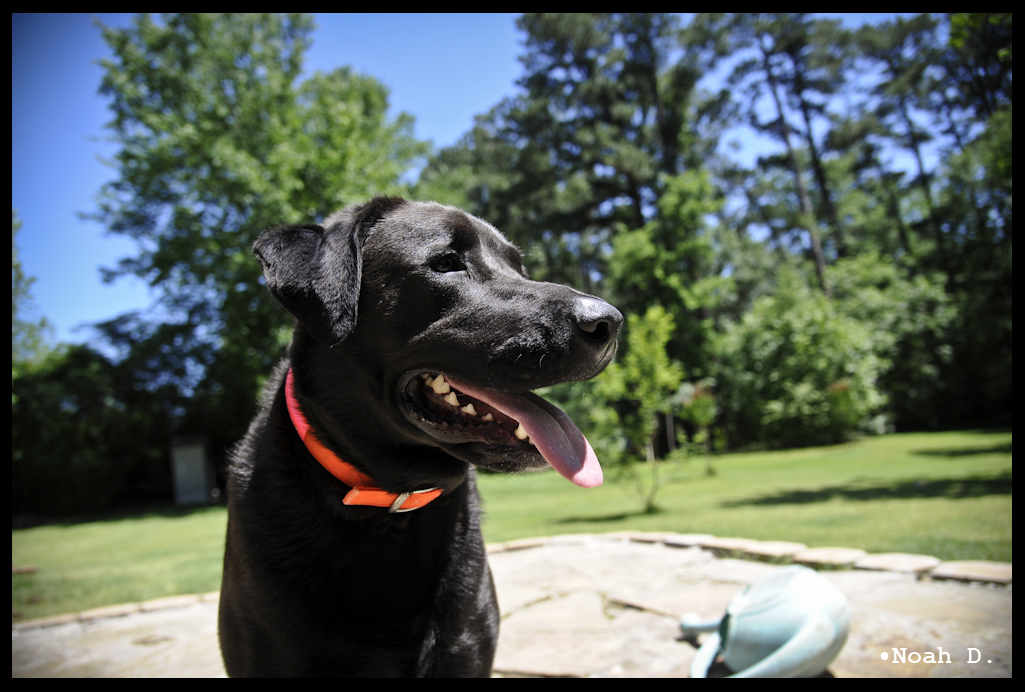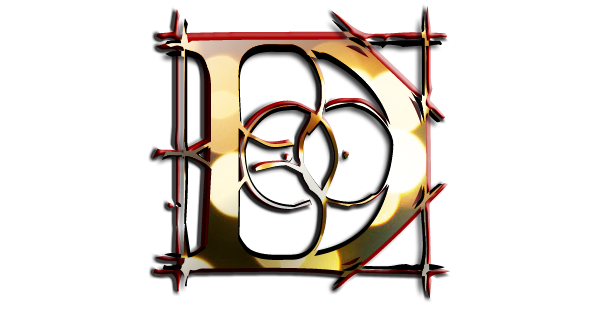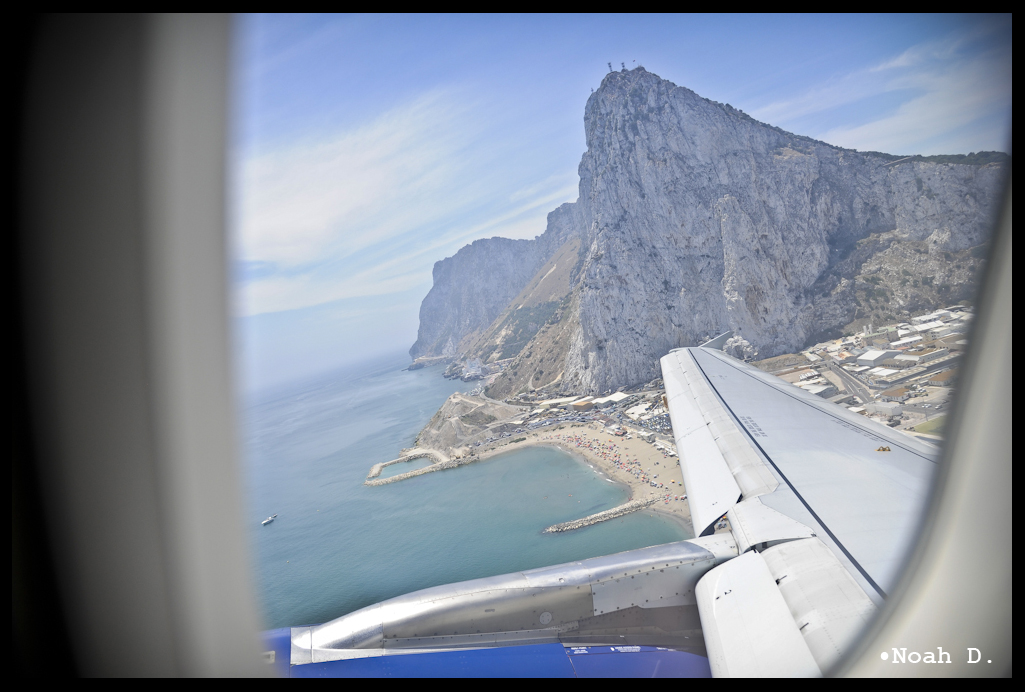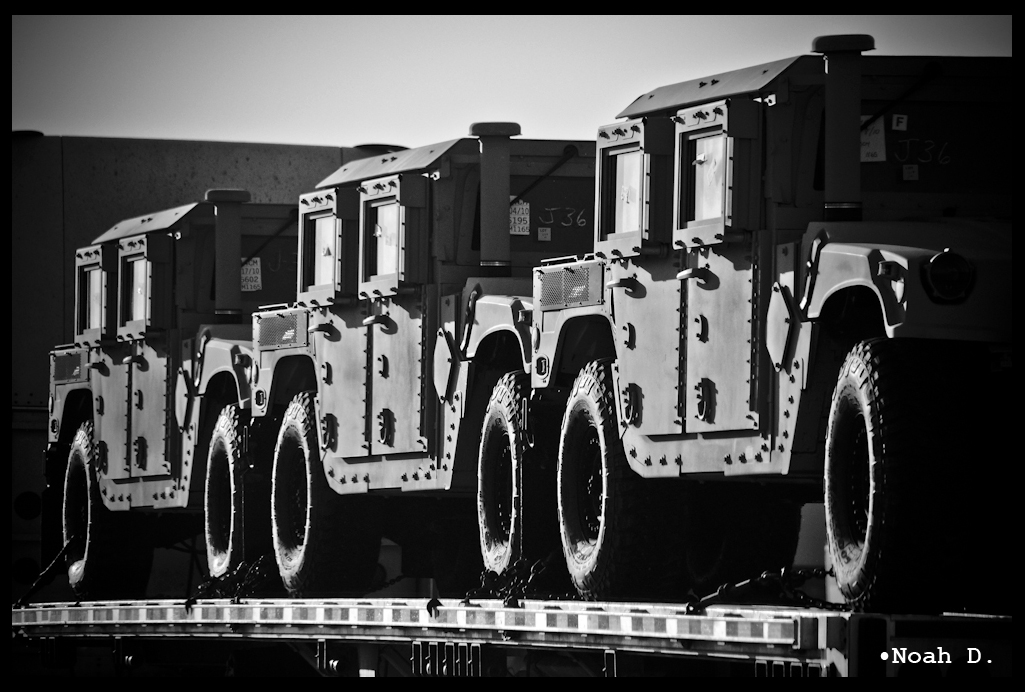I love big-sensor digitals, just something about them other small-sensor cameras can’t match.
 The depth of field at 24mm? That would be 16mm on a APS-C. Without shoving the camera all the way up the dog’s nose – a sure lick threat – it takes a serious lens to hit that sweet spot. Notice, the hair on Harley’s head here is falling out of focus.
The depth of field at 24mm? That would be 16mm on a APS-C. Without shoving the camera all the way up the dog’s nose – a sure lick threat – it takes a serious lens to hit that sweet spot. Notice, the hair on Harley’s head here is falling out of focus.
And I’m not shooting the miraculous 24/1.4 or anything. This is the relatively benign – but still freaking awesome – latest generation Nikkor 24-120/4, a focal length range I fell in love with after shooting with the Canon 5D with the 24-105/4L for a couple years. Its a good walkabout lens.
Then, there’s the Nikon color. This image is untouched, by the way. Just from Lightroom to Photoshop for the little border thing.
Where did this all come from? Why this versus that or the other one?
When I was first selecting what digital platform I was going to go with, I was actually between Pentax (who has a surprisingly great set of cameras) and Nikon. I grew up knowing Canon film cameras – my first was my dad’s Canon A-1. But I had held a few of the first 6 megapixel Digital Rebels and honestly did not like how it fit in my hand. It felt narrow and small, I have relatively big hands. Nikon and Pentax FELT like I thought it should.
Also, I knew the first few Panasonic Lumix digitals with their dual control dials… and I liked that. Canon had a dial on the top and that weird big scrolly thing on the back – which wasn’t my taste. Not to mention, Canon’s menu system and button sequences on its pro cameras are still all kinds of wacky. Who holds two buttons down at the same time to change ISO?? And what exactly does a “Jump” mean on a camera and why do I have to hold it down for something completely different to happen??
I digress. But, as you can tell, because I couldn’t tell the difference between them by image quality, I was going on practicality and ergonomics. And, at the time, Pentax had the third best lens catalog in the market and I never thought I would go far enough to lust after the likes of the 24/1.4 or a 16-35/4.
I speak from having eventually shot both platforms for a number of years, owned both, many hundreds of professional assignments with a Canon and Nikon strap, one on each shoulder… and this far into the game with every chance to use whichever camera platform I’d like at whichever level, there is one specific camera I consciously select:
…the Nikon D700.
Yeah, its three years old and “only” 12 megapixel and the Canon 5Dmk2 shoots video blah blah. But here’s the most important part – and the part that most people take for granted: the D700 is a Nikon big-sensor camera that produces an image as the photographer (me, in particular) sees it.
If the camera is producing an image that you sit back and say “well, that’s close enough” that’s not the camera for me. I want it exact. A discerning taste. And the Nikon D700 does that for me. Now, the Nikon D3s is close, but its a bit much and it doesn’t let me keep the pop-up flash for commander mode the few shoots I actually use that (I don’t want a SU-800). The D3s IS, however, how my good friend and mentor Jeff Montgomery “sees,” he says. (Before that, it was the Nikon F5.) Every person is different.
I also consciously choose lenses that render vivid colors the way I see them that make people ask, “Is that straight out of the camera?” with razor sharp focus and a depth of field that looks almost telephoto even though I’m wrapping that image around your brain shooting super wide. These are usually constant-aperture Nikkor lenses, almost exclusively two-digit focal lengths with big apertures, and most likely primes. If that’s not your thing, that’s okay, this is just me!
They are contrasty, grotesquely sharp, inappropriately wide and just the way I see it.
I don’t care how hard you try and what angle you hold your tongue, you cannot put an 18-55/3.5-5.6 on a Canon 600D at the 24mm mark and have it look like that photo up top. I will not get into the science of it here (24mm on a 1.6x sensor) but it’s not gonna happen. In fact, you couldn’t even put a 16-85/3.5-5.6 on a D300 – the little brother camera of the D700 and the cousin lens to the 24-120/4 wide open and wide angle and get something similar… the physics of light refraction and other spacial principals will not let it happen. The depth of field WILL be different and the color rendition WILL be less vivid – there are a myriad of reasons I will also sidestep.
So, the moral of the story was: it took me a while to “find” the right camera. Granted, I had no idea what I was looking for at the time. Then, there came a camera that allows me to make an image as I see that image in the world and bring it home to you, friend reader. It happened over time. I don’t even want to think about how many cameras I’ve owned in the past 5 years. I put down the Canon platform after a year because I don’t see in rich, over-saturated reds, heavy grays and muted blue skies. That’s nothing against Canon or anyone who shoots Canon, its just not how I see… so I sold everything off (I had a early run 7D) and moved on.
But the D700 is my tool to do my work. And nothing more. Will the D800 be the same? I will have to see when it hits the shelves like the rest of you.
So, split hairs all you want to with MTF charts and DxO resolution tests and the fact that one camera does 720HD or 1080HD… you can keep all that. I know what camera I use and it is an extension of my hand and my eye… but it is just a tool.
Stay tuned… flight to Boston on Monday.
-Noah D.


